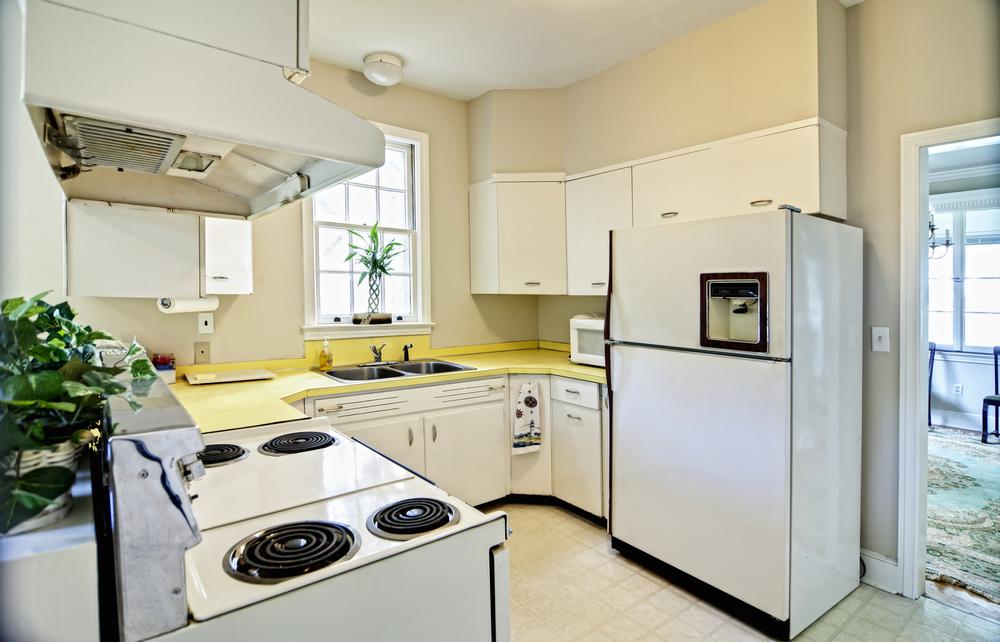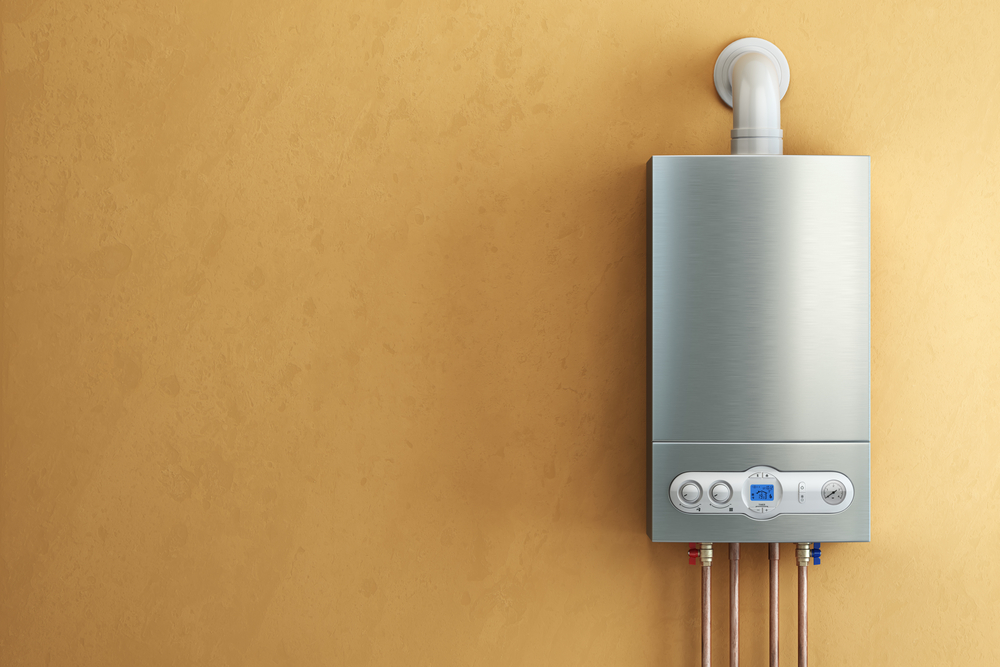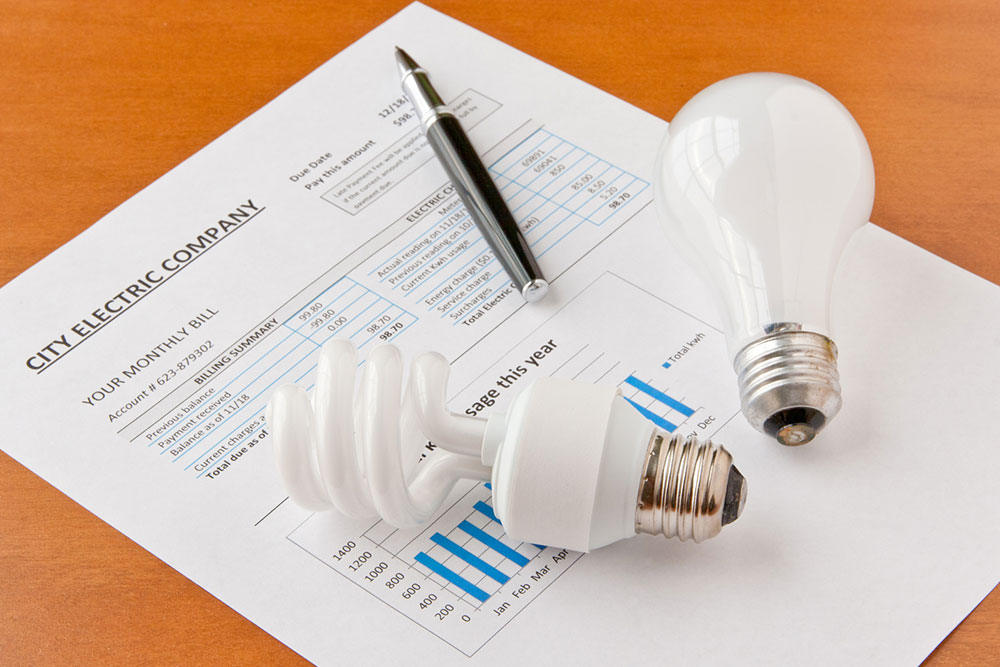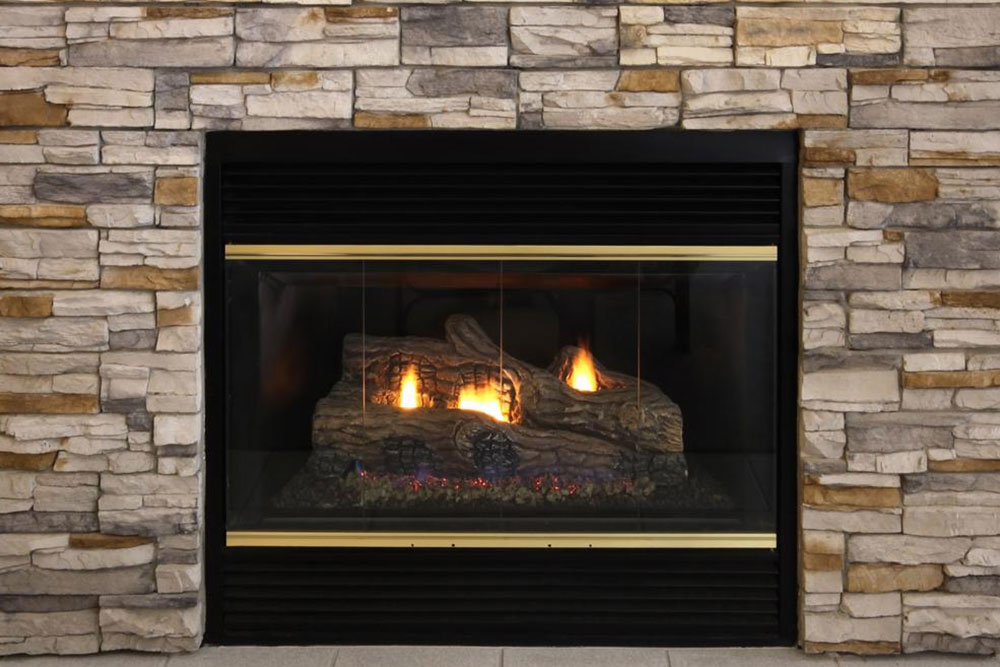Complete Guide to HVAC Systems: Types, Features, and Cost Analysis
This comprehensive guide offers detailed insights into HVAC systems, including types, benefits, costs, and factors influencing pricing. Perfect for homeowners and businesses, it helps you choose the right heating and cooling solution to enhance comfort and efficiency, all while considering your budget and environmental impact.
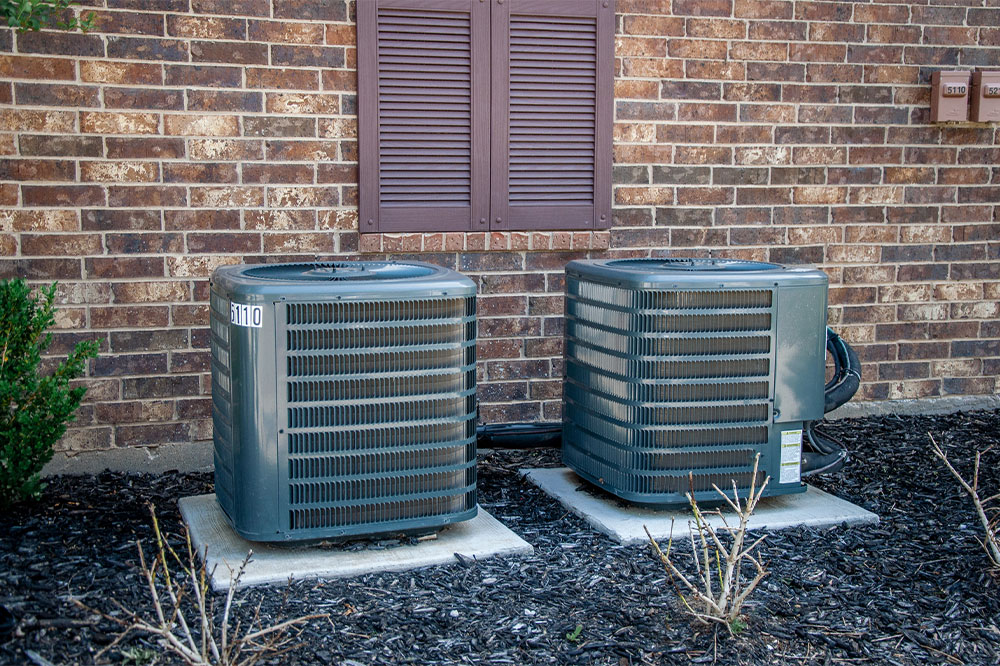
In-Depth Overview of HVAC System Variants and Pricing Strategies
Maintaining optimal indoor climate conditions is crucial for comfort, health, and energy efficiency. An HVAC system plays a central role in achieving this goal by providing effective heating, cooling, ventilation, and air quality control. Whether you're a homeowner or a business owner, understanding the different HVAC options available on the market is essential for making informed purchasing decisions that balance performance and budget. This comprehensive guide explores the various types of HVAC systems, their features, advantages, and typical costs to help you select the best solution for your needs.
What is an HVAC System?
HVAC stands for Heating, Ventilation, and Air Conditioning. It represents a complex yet vital set of technologies designed to regulate indoor environmental conditions. HVAC systems are used in residential, commercial, and industrial buildings to provide comfort, improve indoor air quality, and ensure safety. Their main functions include heating during cold weather, cooling when temperatures soar, ventilating stale air, and filtering pollutants to maintain healthy indoor air. Today’s modern HVAC units are also engineered for energy efficiency, helping reduce utility bills and environmental impact.
Advanced HVAC systems are designed to provide warmth during winter months and cooling during summer, all while maintaining optimal humidity levels and filtering airborne allergens and pollutants. Properly functioning HVAC systems contribute to a healthier living and working environment, promoting well-being and productivity.
Variety of HVAC Systems and Their Unique Benefits
Choosing the right HVAC system depends on your specific needs, budget, property size, and climate. There is a wide array of options, each with distinctive features tailored to different residential and commercial applications.
Ductless Mini-Split Systems: These systems are an excellent choice for homes or spaces without existing ductwork. They feature an outdoor compressor connected to wall-mounted indoor units via refrigerant lines. Easy to install, ductless mini-splits offer independent temperature control for each zone, making them energy-efficient and customizable. They are especially suitable for room additions, converted spaces, or new constructions where ductwork installation is not feasible.
Split HVAC Systems: The most prevalent in residential settings, split systems consist of an outdoor unit (condenser and compressor) and one or more indoor units (furnaces, air handlers). These systems can provide heating and cooling across entire homes, utilizing a central thermostat for seamless regulation. Their high efficiency and reliable performance have made them a standard choice for many homeowners.
Heat Pumps: Operating efficiently in moderate climates, heat pumps work by transferring heat rather than generating it. They are capable of reversing their operation to provide both heating and cooling, making them a versatile year-round solution. Modern ducted or ductless heat pumps are praised for their energy-saving potentials and reduced carbon footprint, especially in mild to moderate climates.
Window Air Conditioners and Heaters: Compact, budget-friendly, and easy to install, these units are ideal for small spaces, apartments, or individual rooms. They provide quick cooling or heating and are often portable or window-mounted, making them a convenient option for temporary or supplementary climate control needs.
Packaged HVAC Systems: These units combine heating and cooling components into a single package, typically installed on rooftops, basements, or attics. They are an efficient space-saving solution suited for small to medium-sized buildings and warmer climates. Packaged systems simplify maintenance and installation procedures, providing an all-in-one solution for climate regulation.
Central Air Conditioners: Designed to condition multiple rooms simultaneously, central AC systems use ductwork to distribute cooled air throughout the building. They are highly efficient for large homes and commercial spaces, offering consistent temperature control and lower energy consumption compared to multiple small units.
Understanding HVAC Pricing and Cost Factors
Investing in a new HVAC system involves careful consideration of costs. Prices vary widely based on system type, capacity, efficiency ratings, brand, installation complexity, and regional factors. Typically, the overall expense for installing or replacing HVAC units ranges from approximately $1,500 to $12,500, with larger or more sophisticated systems costing more. Here’s a breakdown of typical costs for major HVAC components:
Central Air Conditioners: $3,800 to $7,500, depending on capacity and efficiency.
Window Units: $150 to $500 for single-room cooling or heating.
Furnaces: $2,000 to $7,000, covering gas, oil, or electric-powered options.
Heat Pumps: $4,000 to $8,000, including installation charges.
Key Factors Impacting HVAC System Costs
Several factors influence the overall cost of HVAC systems, including energy efficiency ratings such as SEER (Seasonal Energy Efficiency Ratio). Higher SEER ratings indicate increased efficiency, which translates into lower energy bills over time but typically involves a higher initial purchase price. The size of the unit must match the specific space requirements; an oversized or undersized unit can lead to inefficiency and higher operating costs. The type of system and the quality of components also play significant roles in pricing. For effective financial planning, consult with HVAC professionals to select options that balance upfront expense with long-term savings and performance. Proper sizing, installation, and regular maintenance are crucial for maximizing your investment’s value, ensuring durability and efficiency for years to come.
